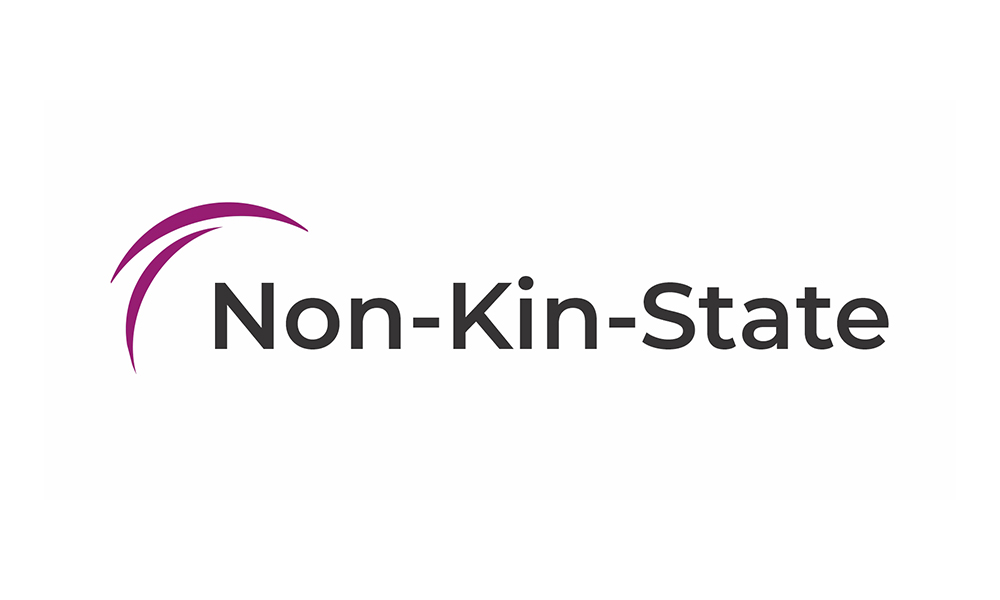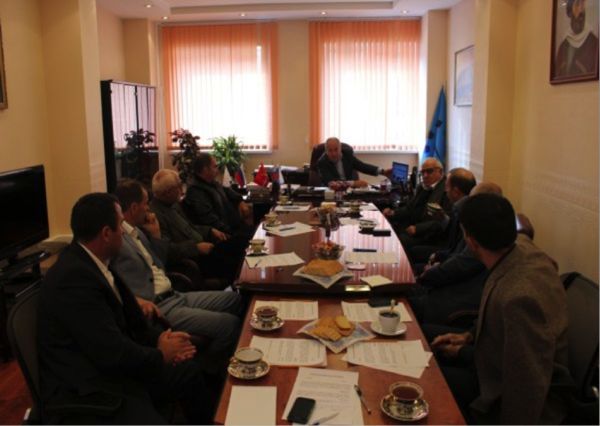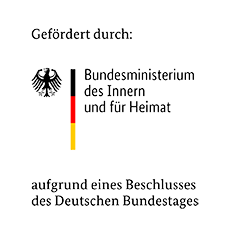
Federal Lezghin National and Cultural Autonomy (FLNCA)
Федеральная лезгинская национальная и культурная автономия
+7 (495) 632-26-99
 Arif Kerimov Chairman
Arif Kerimov Chairman
The Federal Lezghin National and Cultural Autonomy (FLNCA) is the representative of the Lezghin people in the UNPO (Unrepresented Nations and Peoples Organisation), and a full representative of the Lezghin people before the State authorities of the Russian Federation. The core objectives and tasks of FLNCA are the protection, preservation and development of the national and cultural interests of the Lezghins. To fulfill its intentions the FLNCA works in close cooperation with political and public organizations of the Russian Federation, including the Federal Assembly of the Russian Federation, the Administration of the President, and the Government of the Russian Federation. The aim of FLNCA is to solve issues and restrictions surrounding the status of the Lezghins, to preserve the uniqueness of the Lezghin people, as well as to develop their language, education and national culture.
Lezghins: The Lezghins have lived in their ethnic territory since ancient times. Their early political history is associated with the State of Caucasian Albania, which was located in the Eastern Caucasus. In the first century AD it included the territory of present Southern Dagestan. In the 6th century AD, the kingdom of Lakz was formed as part of Caucasian Albania which, after its collapse, became a single political entity. The Lezghins (Laks) inhabited Bāb al Abwab (Derbent), the northern part of Caucasian Albania. They also lived in the south - in historic areas of Arran and Shirvan, also located on the territory of Caucasian Albania.
In the 16th century, separate free Lezghin societies appeared, which existed until they were absorbed by Russia in the early 19th century. In the 17th and 18th centuries, Quba, Shirvan and Shaki khanates (States) were formed in the South, where the Lezghins lived together with other peoples. In the early 18th century, the State of Shirvan existed for some time, and was recognized by the Russian Empire and the Porte (the Ottoman Empire).
In the mid-19th century, the "Northern Lezghins" lived in Kyurinsky and Samursky districts and the city of Derbent, Dagestan region, formed the territory of the modern southern Dagestan. In 1921, the Dagestan Autonomous Soviet Socialist Republic was formed as part of the RSFSR, which in turn became one of the Soviet republics of the Soviet Union in 1922. The territory of residence of the "Southern" Lezghins was included in a number of districts of Baku and Elisabethpol Governorates. In 1920, these areas became part of the Azerbaijan Soviet Socialist Republic, which also became one of the republics of the USSR.
After the collapse of the Soviet Union in 1991, the Dagestan Autonomous Soviet Socialist Republic became the Republic of Dagestan – one of the constituent entities of the Russian Federation – and the Azerbaijan Soviet Socialist Republic became the independent Azerbaijan Republic, thus the Lezghin territory was now divided between two states.
In general, the Lezghins enjoyed better rights in Dagestan under the jurisdiction of the Russian Federation than in Azerbaijan, where they were subjected to assimilation policies. The Lezghins have traditionally suffered from unemployment and a shortage of land. Resentment was fuelled in 1992 by the resettlement of 105,000 Azeri refugees from the Karabakh conflict on Lezghin lands and by the forced conscription of the Lezghins to fight in the conflict. This contributed to increased tensions between the Lezghin community and the Azeri government over issues of land, employment, language and the absence of internal autonomy. Following the outbreak of the war in Chechnya in 1994 the border between Russia and Azerbaijan was closed. As a result, the Lezghins were for the first time in their history separated by an international border restricting their movement.
Language and Culture: The Lezghins speak Lezghin, which belongs to the Lezghin sub-group of the Nakh-Daghestani group of the North Caucasian language family. Lezghin is taught as a foreign language in areas where many Lezghins are settled, but unfortunately teaching resources are scarce. In addition, Lezghin textbooks come from Russia and are not adapted to local conditions. Although Lezghin newspapers are available, the Lezghins have also expressed concern over the disappearance of their rich oral tradition. The only Lezghin television broadcasting available in Azerbaijan is received over the border from Russia. The status of the Lezghin people and language is not fixed in the law. This absence of appropriate status of the Lezghin language is extremely detrimental to its development, reproduction and use in various spheres of life.


